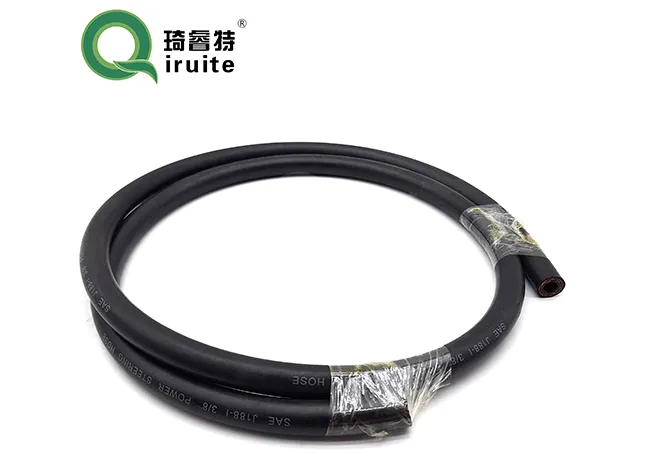Manifold Gauge Kit for R22, R134A, and 404A Refrigerants and HVAC Applications
Understanding the Manifold Gauge Set for R22, R134A, and R404A Refrigerants
When it comes to the maintenance and servicing of refrigeration and air conditioning systems, a manifold gauge set is an essential tool for technicians. Designed to measure the pressure of refrigerants in the system, these gauges help in diagnosing issues, charging the system, and ensuring optimal performance. In this article, we delve into the manifold gauge set specifically designed for R22, R134A, and R404A refrigerants, exploring its components, usage, and importance in HVAC applications.
Components of the Manifold Gauge Set
A typical manifold gauge set consists of three main components the manifold itself, the pressure gauges, and the hoses.
1. The Manifold The manifold is the central unit connecting the gauges to the refrigerant system. It contains valves that allow the technician to control the flow of refrigerant into and out of the system. The manifold's construction is typically rugged, ensuring durability in harsh working conditions.
2. Pressure Gauges Most manifold gauge sets feature two or three gauges. The high-pressure gauge reads the pressure of the refrigerant in the high-pressure side of the system, while the low-pressure gauge measures the low-pressure side. Some sets also include a compound gauge that measures vacuum levels, useful for assessing system leaks or charging procedures.
3. Hoses Manifold gauges are equipped with color-coded hoses – usually red for high pressure, blue for low pressure, and yellow for recovery or charging. These hoses are made of heavy-duty materials to withstand high pressures and are often fitted with quick-connect fittings for ease of use.
Usage of the Manifold Gauge Set
Using a manifold gauge set correctly is crucial for effective HVAC service
. Technicians use it for several purposes1. Diagnostic Assessment By hooking up the manifold gauges to the system, technicians can diagnose issues based on pressure readings. For example, if the low-pressure gauge reads too low, it might indicate a refrigerant leak or a malfunctioning compressor.
manifold gauge set for r22 134a 404a

2. Refrigerant Charging To charge a system with refrigerant, technicians connect the yellow hose to the refrigerant tank and open the manifold valves. Observing the gauge readings allows for accurate dosage of the refrigerant according to the system's specifications.
3. System Recovery In situations where refrigerant needs to be removed from the system, the manifold gauge set facilitates recovery. By connecting the hoses appropriately, technicians can evacuate the refrigerant efficiently into a recovery tank.
Importance of the Manifold Gauge Set
The manifold gauge set is critical for several reasons
- Efficiency It allows for quick assessments and repairs, minimizing downtime for HVAC systems. This efficiency translates into cost savings for both technicians and customers.
- Accuracy The precision tools offered by manifold gauge sets ensure accurate refrigerant readings, which are necessary for effective servicing.
- Versatility A manifold gauge set designed for multiple refrigerants like R22, R134A, and R404A allows technicians to work on a variety of systems, making it a versatile addition to any technician's toolbox.
Conclusion
The manifold gauge set is a vital tool in the refrigeration and air conditioning industry, enabling technicians to effectively service and maintain various systems. Understanding its components, usage, and significance can help technicians optimize performance and ensure customer satisfaction. As HVAC systems become more complex, the importance of having reliable and accurate diagnostic tools like the manifold gauge set cannot be overstated. Investing in a quality manifold gauge set designed for R22, R134A, and R404A is essential for any professional in the field.
-
Ultimate Spiral Protection for Hoses & CablesNewsJun.26,2025
-
The Ultimate Quick-Connect Solutions for Every NeedNewsJun.26,2025
-
SAE J1401 Brake Hose: Reliable Choice for Safe BrakingNewsJun.26,2025
-
Reliable J2064 A/C Hoses for Real-World Cooling NeedsNewsJun.26,2025
-
Heavy-Duty Sewer Jetting Hoses Built to LastNewsJun.26,2025
-
Fix Power Steering Tube Leaks Fast – Durable & Affordable SolutionNewsJun.26,2025

